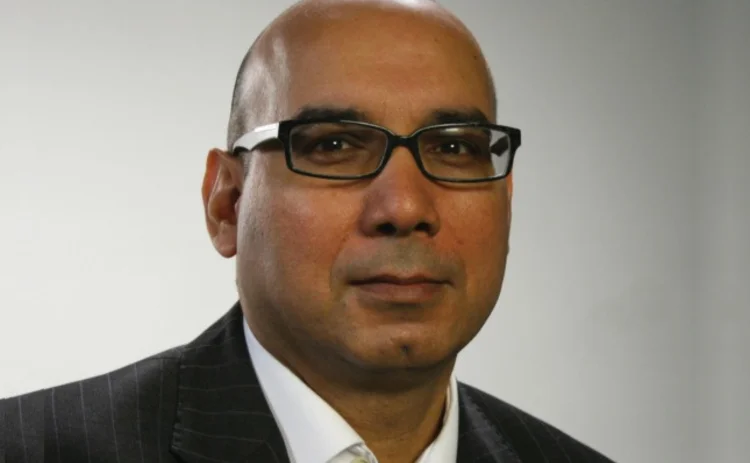BT Preps High-Bandwidth US Data Net
Officials say the new network, connecting six US datacenters, will provide sufficient bandwidth to cope with anticipated increases in the bandwidth of market data feeds.

BT is building the network in response to continued and anticipated future rises in the capacity of datafeeds—from typically 2 Megabits per second a decade ago to 10 Gigabits per second today, likely rising to 20Gbps in the future, says Yousaf Hafeez, head of business development at BT Financial Technology Services. If this trend continues, firms wishing to access market data may either have to build their own networks or share infrastructure with other consumers, he adds.
“We were being told
Only users who have a paid subscription or are part of a corporate subscription are able to print or copy content.
To access these options, along with all other subscription benefits, please contact info@waterstechnology.com or view our subscription options here: http://subscriptions.waterstechnology.com/subscribe
You are currently unable to print this content. Please contact info@waterstechnology.com to find out more.
You are currently unable to copy this content. Please contact info@waterstechnology.com to find out more.
Copyright Infopro Digital Limited. All rights reserved.
As outlined in our terms and conditions, https://www.infopro-digital.com/terms-and-conditions/subscriptions/ (point 2.4), printing is limited to a single copy.
If you would like to purchase additional rights please email info@waterstechnology.com
Copyright Infopro Digital Limited. All rights reserved.
You may share this content using our article tools. As outlined in our terms and conditions, https://www.infopro-digital.com/terms-and-conditions/subscriptions/ (clause 2.4), an Authorised User may only make one copy of the materials for their own personal use. You must also comply with the restrictions in clause 2.5.
If you would like to purchase additional rights please email info@waterstechnology.com
More on Trading Tech
EMS vendors address FX options workflow bottlenecks
Volatility is driving more buy-side interest in automating exercises and allocations.
BNP Paribas explores GenAI for securities services business
The bank recently released a new web app for its client portal to modernize its tech stack.
Treasury selloff challenges back-office systems, datafeeds
FIS and Trading Technologies suffered downtime during peak activity.
Coming to America: Deutsche Börse targets US market using SimCorp One
Fresh from integrating SimCorp and rearranging its business lines, the German exchange has set American expansion as its goal for SimCorp’s buy-side offering.
Tariffs, data spikes, and having a ‘reasonable level of paranoia’
History doesn’t repeat itself, but it rhymes. Covid brought a “new normal” and a multitude of lessons that markets—and people—are still learning. New tariffs and global economic uncertainty mean it’s time to apply them, ready or not.
ICE eyes year-end launch for Treasury clearing service
Third entrant expects Q2 comment period for new access models that address ‘done-away’ accounting hurdle
MarketAxess, S&P partnership aims for greater transparency in fixed income
CP+, MarketAxess’s AI-powered pricing engine, will receive an influx of new datasets, while S&P Global Market Intelligence integrates the tool into its suite of bond-pricing solutions.
Trading Technologies looks to ‘Multi-X’ amid vendor consolidation
The vendor’s new CEO details TT’s approach to multi-asset trading, the next generation of traders, and modern architecture.








